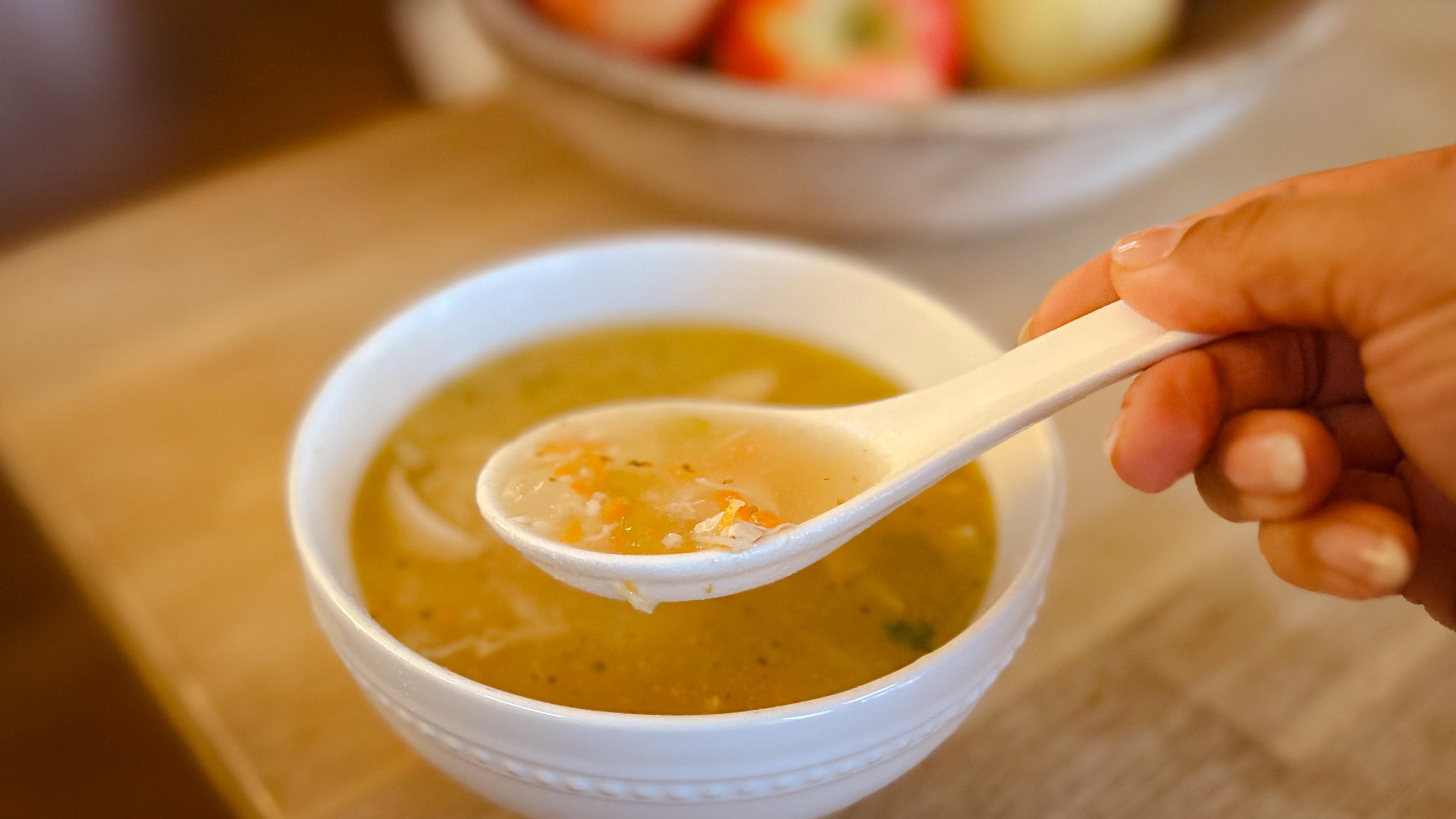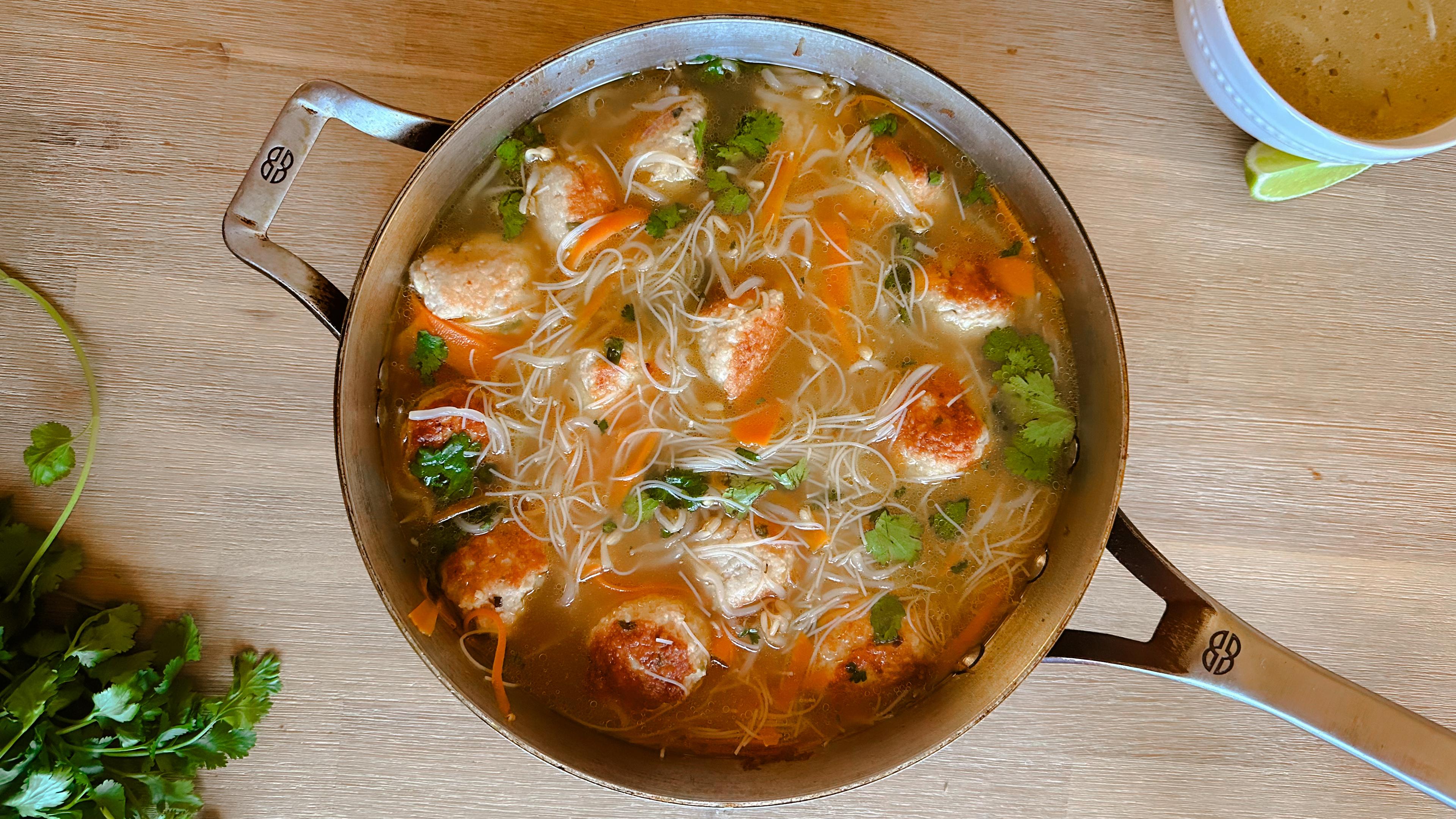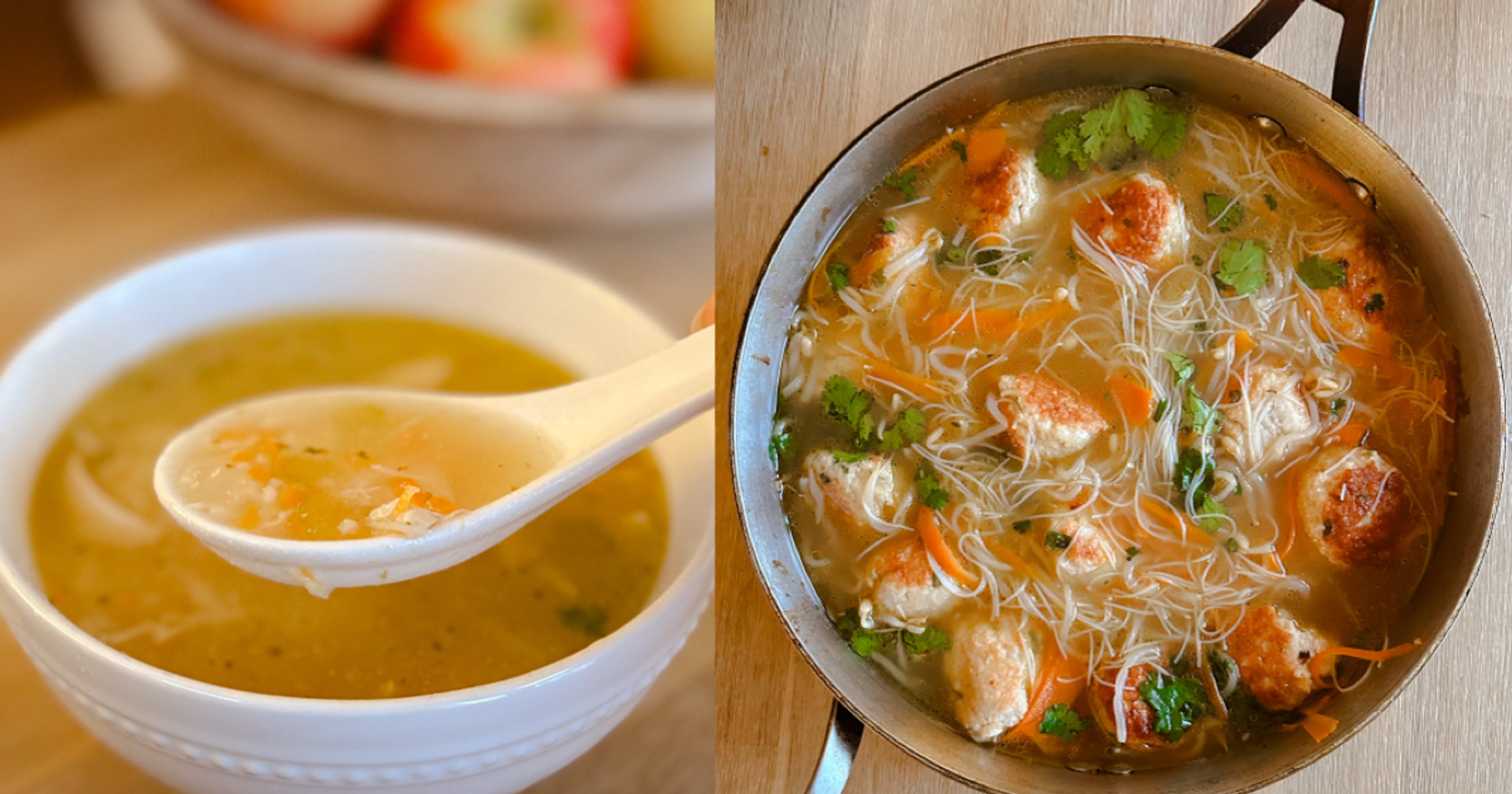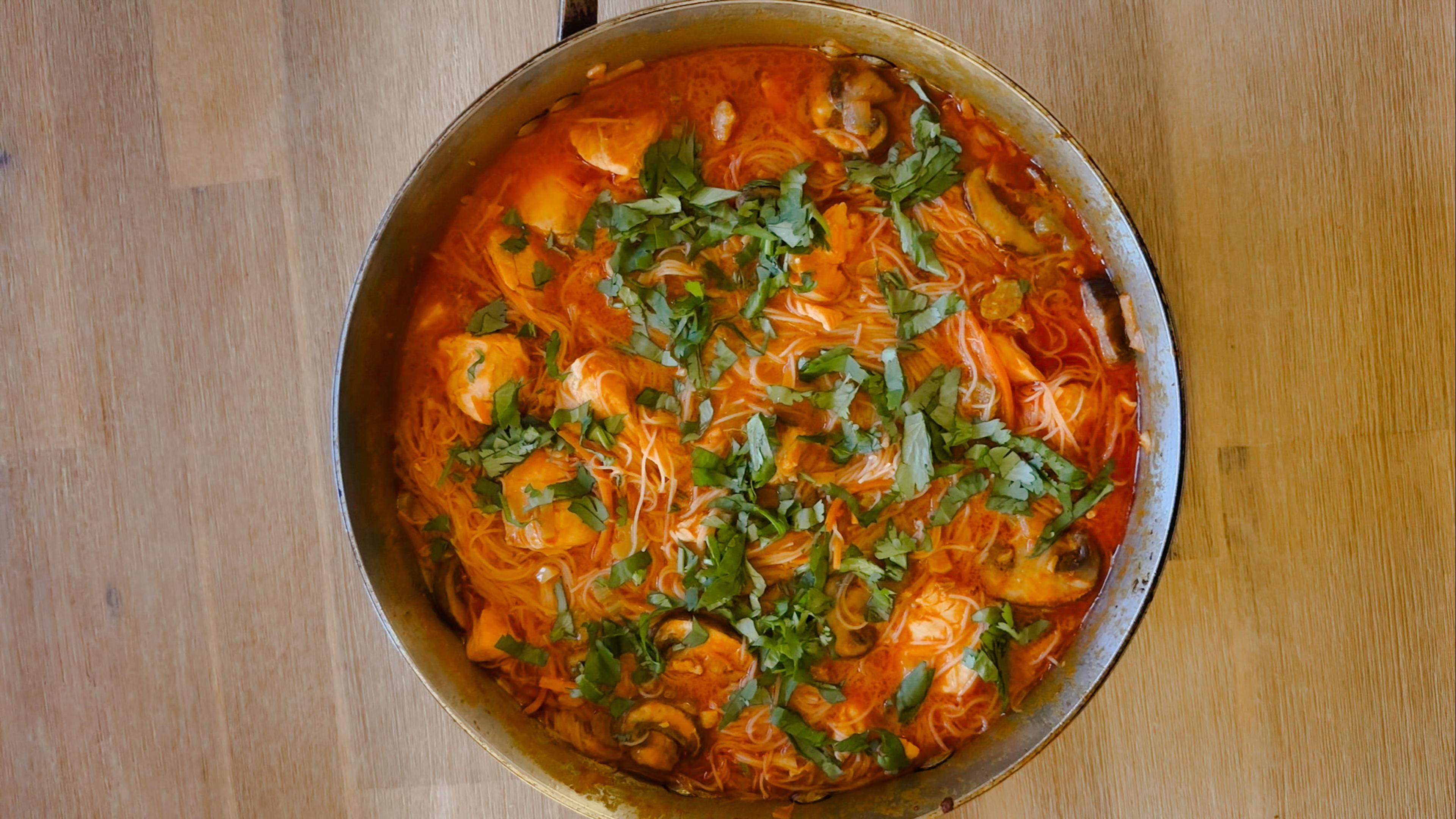Best and Worst Ways to Cook a Turkey
Shandra Martinez
| 3 min read

Holiday tables traditionally are filled with so many delicious dishes this time of year, and on many you’ll find a beautifully-prepared turkey takes center stage. There are lots of different ways to cook a turkey, and each family usually has a favorite recipe – or an adventurous cook who wants to try something new this year. But some methods have health, and even safety, drawbacks. Here’s what you need to know to pick the method that’s right for you.
Why eat turkey?
Turkey has been a Thanksgiving and holiday main dish for more than a century. It started out being associated with holidays largely because it was a plentiful bird in many areas, one that people could be assured of putting on the menu. Statistics show people in the U.S. now eat about 5.3 billion pounds of turkey each year, which averages out to about 16 pounds per person, according to WebMD. And lucky for turkey lovers, this good source of protein has lots of health benefits. These include:
- Turkey contains selenium, which can help ward off certain types of cancers.
- Turkey is a low-glycemic food, which means it won’t cause blood sugar to spike.
- Eating turkey twice a week can help protect cognitive skills as people age.
- Turkey has lots of vitamins and minerals, including iron, magnesium and Vitamin B6.
Best and worst ways to cook a turkey
While there are lots of ways you can prepare a turkey, let’s look at some of the best – and worst – choices in terms of healthy eating.
Worst: Deep-fried turkeys win this bad prep award, wings down. This kind of turkey is bad for you on a couple different levels. First, it’s not very healthy. Turkey deep-fried in peanut or other oils is going to end up higher in fat and calories when it lands on your plate. Second, there are big risks associated with deep frying a whole turkey, even if you do this outside in a portable fryer and away from any house. There are more than 1,000 fires and an estimated five deaths each year involving deep fryers, according to the National Fire Protection Association. Add to this another $15 million in property damage and an estimated 60 burn or other injuries reported, and you can see why this can be a dangerous prep method.
Middle ground: Some ways to prepare a turkey can be really tasty, as long as it’s part of a healthy diet. These include:
- Grilling and smoking: Cooking a turkey on a grill or in a smoker produces a great depth of flavor. But it can also mean char – that blackened crispy outer coating that some people love to see on foods cooked over an open heat source. Eating this char on turkey skin can increase a person’s cancer risk. The key is moderation. If this is an occasional treat and you don’t normally eat a lot of char-grilled or smoked foods, it’s fine to enjoy a turkey this way.
- Brining: Soaking turkeys in a flavorful brine of spices and seasonings is a popular way to prepare a bird. It also makes the meat saltier. If you’re following a low-sodium diet, you’ll want to pick another way to make your turkey.
- Best: Roasting. A fresh or thawed turkey slow-roasted in its own juices is the healthiest way to prepare a turkey. This can be done in an oven or separate, countertop roaster. Some tips to make it tasty:
- Add a halved onion or lemon into the bird’s cavity before roasting.
- Don’t slather butter on the turkey skin or put butter under the skin.
- Use herbs, salt, pepper and your favorite seasonings to bring the flavor.
Related:
Photo credit: Getty Images





